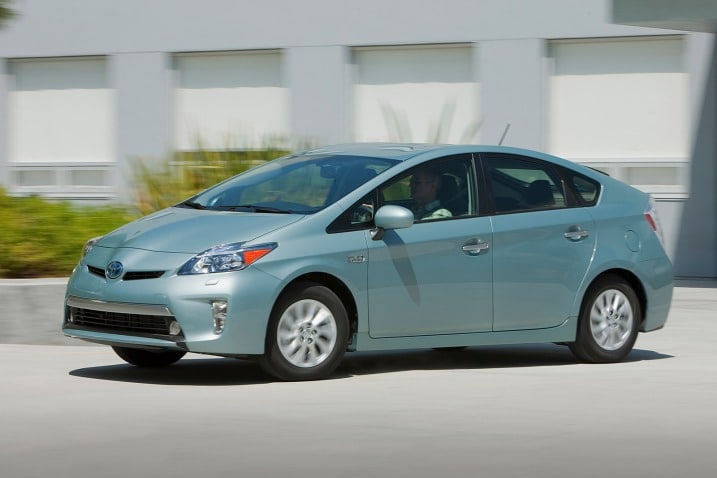If you've been shopping for replacement tires recently, you've probably noticed a lot of emphasis on fuel efficiency and environmental impact. The rubber itself is still black, but tires are becoming significantly greener. Although many drivers are only now becoming aware of low-rolling-resistance tires, their development began in the 1990s, once automakers had gone after some of the fuel economy modifications that were easier to achieve, such as reducing vehicle weight and improving engine efficiency and aerodynamics.
Unfortunately, there is no easy way for consumers to navigate all the "greenery" currently sprouting up in the world of replacement tires. Even worse, many consumers remain unaware of the possible trade-offs involved. If you get tires that are more fuel efficient, are you giving up wet traction performance? It's not always easy to know which green tires are right for your car.
If your vehicle came from the factory with low-rolling-resistance tires, simply insist on original-equipment tires as replacements. These tires typically are available from the dealer, as well as from online sources and local tire retailers. If you're looking to make the switch to low-rolling-resistance tires, the answer isn't so straightforward. They can come with performance trade-offs, and for a proper explanation, a little physics lesson is in order.
